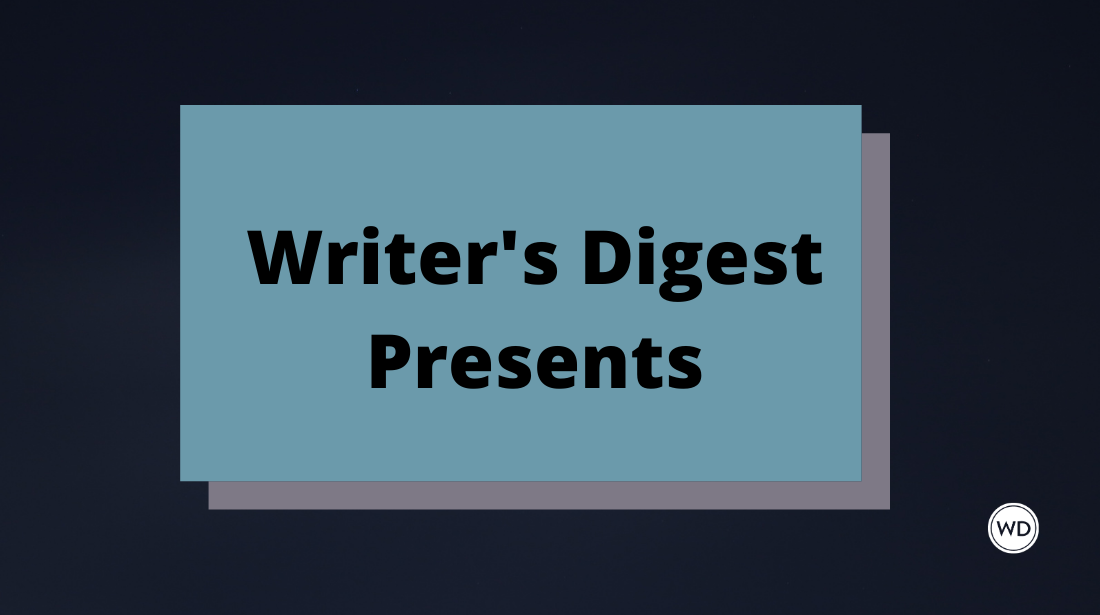BOOK REVIEW: Master Shots
Hey, guys— Wanted to take a few moments today to recommend a really interesting book I’ve been perusing over the past few days… Christopher Kenworthy’s “Master Shots: 100 Advanced Camera…
Hey, guys—
Wanted to take a few moments today to recommend a really interesting book I’ve been perusing over the past few days… Christopher Kenworthy’s “Master Shots: 100 Advanced Camera Techniques to Get an Expensive Look on Your Low-Budget Movie.” It’s brand-new… just hit shelves at the beginning of this month… and it’s a great book for anyone about to shoot their first movie (or second or third, really).
The book is a simple, straightforward, practical guide to how to film effective shots, how and why those shots work emotionally and visually, and when to se them in a film. This book doesn’t pussyfoot around with film theory or history or gushy tangents; it’s a no-bullshit approach to learning how to execute certain and specific moves.
The book works very simply in two-page chunks…
The first page usually contains three pictures: 1) a screen grab from a familiar movie like “The Bourne Identity” or “Sideways”; 2) an illustrated recreation of the scene using arrows to show how the camera moved to create the shot in the screen grab; and 3) an illustration showing how the same technique could be used in a new way.
The second page details, in text, how the shot works, what it accomplishes narratively/emotionally/visually, how to successfully execute it, and how to use it in a movie.
Kenworthy also arranges his book smartly, organizing his shots into easy-to-find-and-use chapters such as “Fight Scenes,” “Car Scenes,” “Revelations & Discovery,” “Shock Horror,” etc. Each chapter than has 7 to 10 shots. “Love & Sex Scenes,” for instance, has “Eye Contact,” “First Contact,” “Kiss Angles,” “Facing Up,” etc.
So if you’re a first-time director—or a director stuck on a particular sequence—trying to figure out how to shoot, say, a scene where a policeman is chasing a robber through a dark woods or a bustling city street, you could simply turn to the chapter titled, “Chase Scenes,” and find ten helpful shots used to bring chases to life (“Travel with Subject,” “Long Lens Pan,” “The Unseen Attacker,” etc.) You’d then find, in simple and succinct terms, explanations, photos, and illustrations guiding you through each shot.
(In fact, the weakest part of the book is probably the illustrations and recreations. Maybe I’m just not used to thinking like a director, but even with the arrows they were sometimes hard to follow. I found myself wondering how much more effective the book would be with an accompanying DVD or website where you could watch the actual clips, look at moving shots or recreations, etc. Having said that, it’s still a damn helpful and practical book.) (But if you read this, Christopher Kenworthy, you should think about putting up a website… much like Ric Viers’ “The Sound Effects Bible” and its corresponding website: www.soundeffectsbible.com – a great filmmaking and educational resource!)
Although Kenworthy is clearly speaking to directors, I was fascinated from the book’s first page because it’s such a clear, uncluttered glimpse into the head of a DP or director. I ALWAYS think it’s helpful, as a writer, to learn other artists’ creative processes, but this was fascinating in its own right simply because Kenworthy does such a great job of explaining the shots and why they work.
In Chapter Three (“Entrances and Exits”), for instance, Kenworthy talks about a shot he calls the “Window Push.” Here’s what he writes…
“In these frames from ‘Amelie,’ a simple combination of effects creates the correct emotion, without it looking like a technique at all. The camera moves towards the windows, as they are closed, and then the character walks out of the shot and turns out the light. It’s the combination of these factors that makes this work. When a camera dollies forward, we get the feeling we’re going to see something new, so when the character walks out of the dolly shot and leaves a dark window, it creates the surprising feeling of closure. It breaks expectations. Equally, if the window was already closed, or the light already out, the effect would not be as powerful.”
It’s a ridiculously simple shot… and the pictures help illustrate it… but Kenworthy is totally right. And these are the types of straight-arrow, bare-bones lessons and tips the book offers.
You may not consciously think about how this little shot works as you’re watching the movie, but as a director, it’s a great technique to use and understand. And as a writer, it helps you both understand directors’ processes AND think about your own work… interesting ways to end scenes, reveal characters, etc.
I’ve never directed a movie, but if I were about to, I would certainly keep this book on my desk. If not to help me plan my entire shotlist, at least to double check it… to make sure I was covering my bases and using shots appropriately. So take heart, nervous first-time directors… thanks to Christopher Kenworthy—you have a friend.
Jane Friedman is a full-time entrepreneur (since 2014) and has 20 years of experience in the publishing industry. She is the co-founder of The Hot Sheet, the essential publishing industry newsletter for authors, and is the former publisher of Writer’s Digest. In addition to being a columnist with Publishers Weekly and a professor with The Great Courses, Jane maintains an award-winning blog for writers at JaneFriedman.com. Jane’s newest book is The Business of Being a Writer (University of Chicago Press, 2018).




